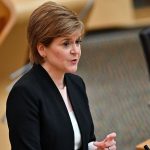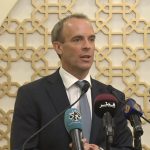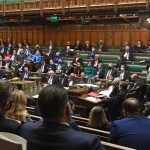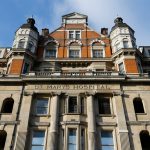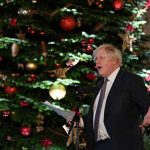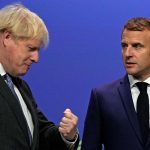NatWest has returned to majority private ownership, more than 14 years after it received a massive bailout by taxpayers following the financial crisis.
On Monday, the government sold a further £1.2bn worth of shares back the bank, diluting its stake in NatWest below 50%.
In 2008, NatWest – previously called Royal Bank of Scotland (RBS) – was teetering on the brink of collapse, and secured a £45.5bn rescue deal and remained 50.6% owned by the taxpayer until this most recent share buyback.
The latest move takes the government’s stake in NatWest, which peaked at 84% in 2009, down to 48.1%.
NatWest chief executive Alison Rose called the moment an “important milestone”, while John Glen, economic secretary to the Treasury, said it was a landmark moment.
The move would be a “good use of capital for the bank and our shareholders”, said Ms Rose.
“Reducing government ownership below 50% is an important milestone for NatWest Group and a further demonstration of the progress we are making as we continue to deliver for our customers and shareholders,” she said.
P&O Ferries: Bosses from rival companies to meet government officials following worker sacking scandal
Soaring energy costs push data giant Sungard’s UK arm into administration
Chelsea FC sale: Bidders given April 11 deadline for final shootout
In 2017, the government sold its last remaining stake in Lloyds Banking Group, returning the lender entirely to private ownership.
The government had owned a stake in Lloyds since October 2008 and at its high point held 43% of the lender – which included Halifax Bank of Scotland (HBOS) as well as Lloyds Bank.
It pumped more than £20bn into the bank as part of an extraordinary rescue package for the banking sector.





